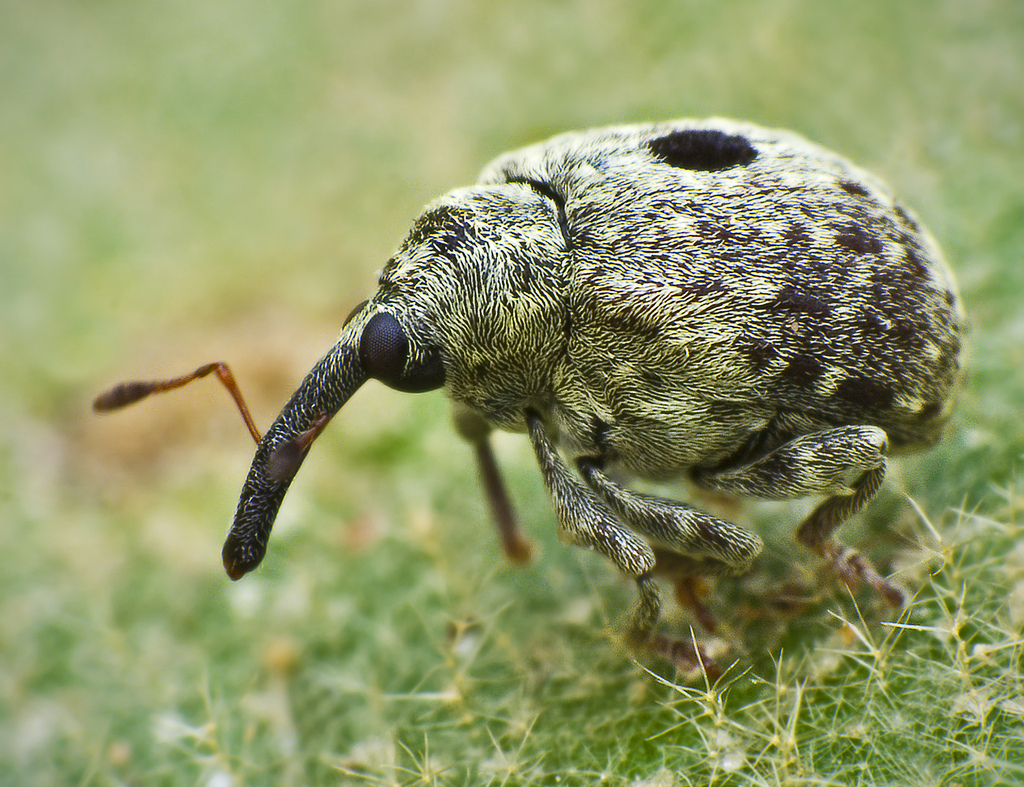|
Calosirus
''Calosirus'' is a genus of beetles belonging to the family Curculionidae. The genus was first described by Thomson in 1859. The species of this genus are found in Europe. Species: * ''Calosirus apicalis'' * ''Calosirus terminatus'' References {{Taxonbar, from=Q18116464 Ceutorhynchini Curculionidae genera ... [...More Info...] [...Related Items...] OR: [Wikipedia] [Google] [Baidu] |
Calosirus Terminatus (Herbst, 1795) (12495878544)
''Calosirus terminatus '' is a species of weevil native to Europe Europe is a continent located entirely in the Northern Hemisphere and mostly in the Eastern Hemisphere. It is bordered by the Arctic Ocean to the north, the Atlantic Ocean to the west, the Mediterranean Sea to the south, and Asia to the east ....Hoffmann, A. (1950, 1954, 1958) Coléoptères curculionides. Parties I, II, III. Paris: Éditions Faune de FranceBibliothèque virtuelle numérique pdfs References Curculionidae Beetles described in 1795 Beetles of Europe {{Curculionidae-stub ... [...More Info...] [...Related Items...] OR: [Wikipedia] [Google] [Baidu] |
Ceutorhynchini
Ceutorhynchini is a true weevil tribe in the subfamily Baridinae. Genera The following genera are included: *'' Aiphonsinus'' Korotyaev, 2001 *'' Allosirocalus'' Colonnelli, 1983 *'' Amalorrhynchus'' Reitter, 1913 *'' Amalus'' Schoenherr, 1825 *'' Amicroplontus'' Colonnelli, 1984 *'' Amurocladus'' Korotyaev, 1997 *'' Angarocladus'' Korotyaev, 1997 *'' Barioxyonyx'' Hustache, 1931 *'' Bohemanius'' Schultze, 1898 *'' Boragosirocalus'' Dieckmann, 1975 *'' Brevicoeliodes'' Korotyaev, 1997 *''Calosirus ''Calosirus'' is a genus of beetles belonging to the family Curculionidae. The genus was first described by Thomson in 1859. The species of this genus are found in Europe. Species: * ''Calosirus apicalis'' * ''Calosirus terminatus'' Referenc ...'' Thomson, 1859 *'' Cardipennis'' Korotyaev, 1980 *'' Ceutorhynchoides'' Colonnelli, 1979 *'' Ceutorhynchus'' Germar, 1823 *'' Coeliastes'' Weise, 1883 *'' Coeliodes'' Schoenherr, 1837 *'' Coeliodinus'' Dieckmann, 1972 *'' Conocoelio ... [...More Info...] [...Related Items...] OR: [Wikipedia] [Google] [Baidu] |
Beetle
Beetles are insects that form the Taxonomic rank, order Coleoptera (), in the superorder Holometabola. Their front pair of wings are hardened into wing-cases, elytra, distinguishing them from most other insects. The Coleoptera, with about 400,000 described species, is the largest of all orders, constituting almost 40% of described arthropods and 25% of all known animal species; new species are discovered frequently, with estimates suggesting that there are between 0.9 and 2.1 million total species. However, the number of beetle species is challenged by the number of species in Fly, dipterans (flies) and hymenopterans (wasps). Found in almost every habitat except the sea and the polar regions, they interact with their ecosystems in several ways: beetles often feed on plants and fungi, break down animal and plant debris, and eat other invertebrates. Some species are serious agricultural pests, such as the Colorado potato beetle, while others such as Coccinellidae (ladybirds or ... [...More Info...] [...Related Items...] OR: [Wikipedia] [Google] [Baidu] |
Curculionidae
The Curculionidae are a family of weevils, commonly called snout beetles or true weevils. They are one of the largest animal families with 6,800 genera and 83,000 species described worldwide. They are the sister group to the family Brentidae. They include the bark beetles as the subfamily Scolytinae, which are modified in shape in accordance with their wood-boring lifestyle. They do not much resemble other weevils, so they were traditionally considered a distinct family, Scolytidae. The family also includes the ambrosia beetles, of which the present-day subfamily Platypodinae was formerly considered the distinct family Platypodidae. Description Adult Curculionidae can be recognised by the well-developed, downwards-curved snout (Rostrum (anatomy), rostrum) possessed by many species, though the rostrum is sometimes short (e.g. Entiminae). They have elbowed Antenna (biology), antennae that end in clubs, and the first antennal segment often fits into a groove in the side of the rost ... [...More Info...] [...Related Items...] OR: [Wikipedia] [Google] [Baidu] |

